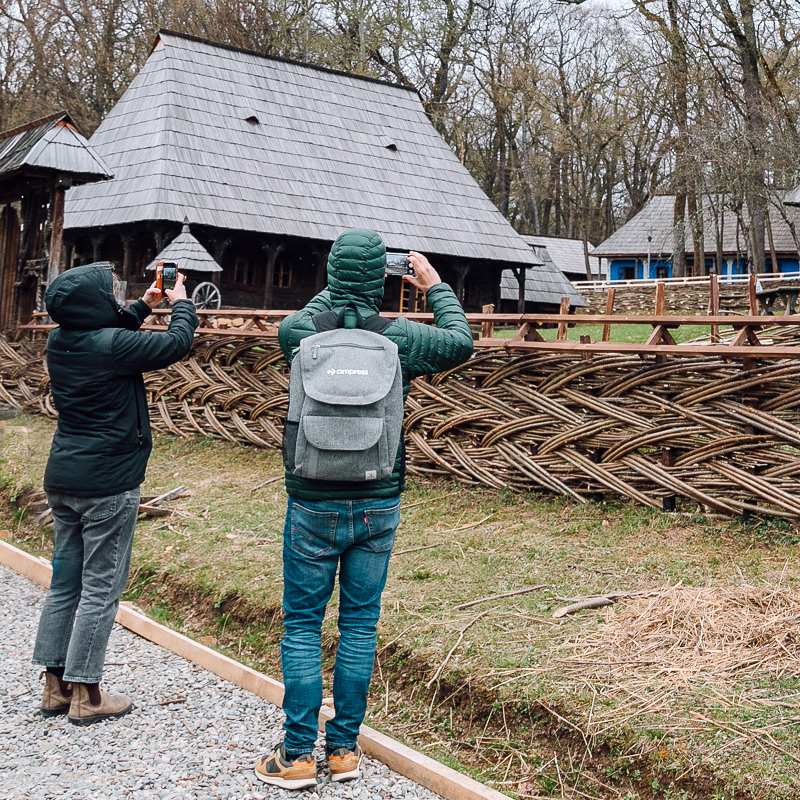2D Media - Still Photography
Still photographs are a valuable and viable way of documenting static items, such as tools, environments, groups of people involved in the process. In a museum context, still images can assist with preservation all the way to education and outreach. Good photography and videography skills are also useful in creating 3D models from photogrammetry.
In open-air museums specifically, taking digital images might accompany any type of recording or documentation activity as a matter of course.
| Suggested use cases are: |
|
During our workshops with museums we found that in an open-air setting, especially inside building reconstructions, photography can be challenging due to low light conditions.
When a good result is vital, some aspects to consider are:
- Camera: Use a high-resolution DSLR or mirrorless camera with a versatile lens (e.g., a 24-70mm zoom lens) for flexibility in framing and lighting conditions.
- Tripod: Use a sturdy tripod for stability, especially in low-light conditions where longer exposures may be necessary. Compact, lightweight tripods are ideal for navigating tight museum spaces.
- Lighting Accessories: Use portable LED lights or diffusers if permitted, ensuring soft and even illumination. Avoid harsh flashes that can cause glare or damage sensitive artifacts
While these technical aspects are important, "the best camera is the one you have with you" - mobile phones often have good quality cameras. It is also important to note that making a habit of taking images is as important in documentation as the quality, especially if the alternative is not having a photo at all!
- Low ISO: Use the lowest possible ISO to minimize noise while maintaining adequate exposure, particularly in dimly lit galleries.
- Manual Mode: Shoot in manual mode to have full control over exposure, white balance, and focus.
- RAW Format: Capture images in RAW format for maximum flexibility in post-processing, preserving details and colors.


